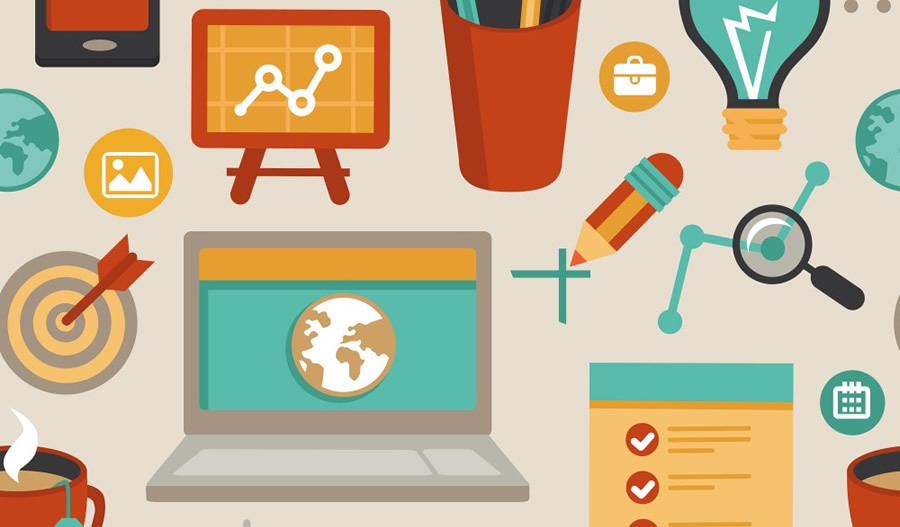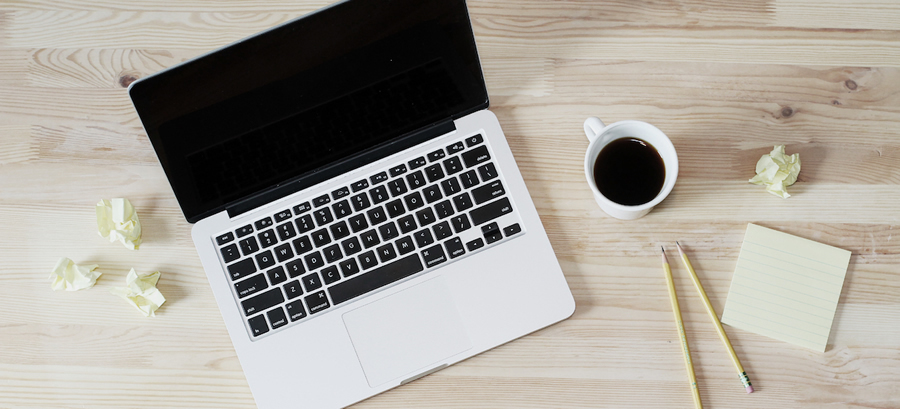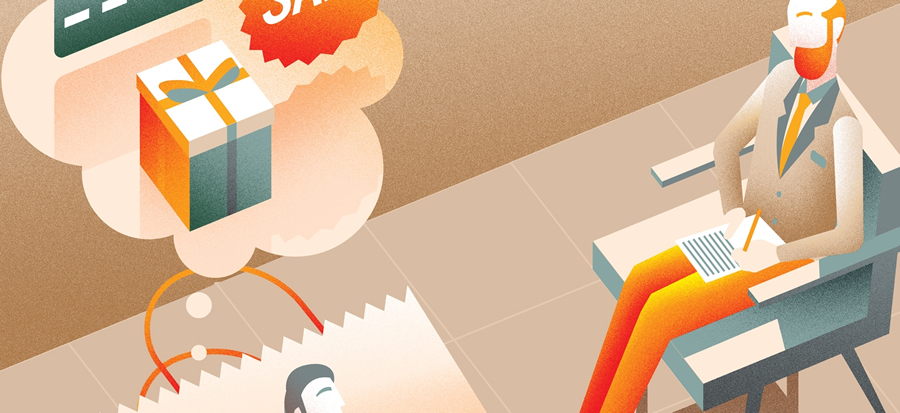If you are a new-starter, you may ask what the web design mood board exactly is. It’s often used when designing for website’s user experience and helpful for delivering your organization’s personality, branding guideline as well as communication style. This method is based on a consensus that the pictures are more persuasive than the text, and it’s somewhat like the “Inspiration Board” and “Story Board”.
Sometimes, the visual designers may spend a long time completing a pretty fine and high-quality design, but only to find the final results cannot meet the needs of the users. A majority of users in fact don’t know what kind of design they need before the final product comes out, but it’s easy for them to determine whether the deliverables are up to their own preferences and expectations.
In this case, it’s of great importance to understand the demands and expectations of users so as to prevent vast time and energy from being invested at a wrong place. Here, the use of mood board in web design is the most effective way to sample ideas for design elements and make aesthetic decisions before the design process begins.
Instead of talking about the mood boards in UX design, here let’s dig into the details of web design mood board.
What Is Mood Board on Earth?
As an indispensable process for web design, the mood board is a collection of those visual elements which are related to the product and design theme, including colors, images, pictures and so on. All of those can encourage emotional reactions and thus will be the trusted references for design direction.
It helps designers in understanding the needs of visual design and extracting the color scheme and visual style in order to guide the design process. That also acts as a source of inspirations for designers.
Why to Make Mood Board?
From the standpoint of design, the main benefits of mood board include:
1. In the early stage, it provides an overview of the product’s personality and helps to create functional prototypes of the product.
2. By using the web design mood board templates, anyone can easily make a color plate and get the image style.
3. This will reduce the repetitive changes in the near future.
4. It makes sense to explore and understand the real needs of users.
How to Create Mood Board Effectively?
Step 1 – After the internal discussion and collecting the user research results and branding/marketing strategy, we can get the experience keywords. Once the experience keywords are settled down, designers will get started on confirming the visual style of the product. Based on that, they can start the prior communication with the users.

Step 2 – Engage the users, designers as well as the decision-makers into the process of collecting the mood Board elements. This can be done by Google search or the materials posted on newspapers and magazines.

Step 3 – Collect everyone’s mood board in line with qualitative interviews. This can involve the reasons for choosing a picture, which will help digging more stories and details behind the scene. Note that, the images in the mood board represents the intentions and emotions of users, and it’s better to use text to understand the emotional tendencies of users.

Step 4 – The last but not the least step in web design mood board is to classify the pictures and images in accordance with the keywords. This requires extracting the color, color scheme, the material mechanism and other characteristics. This will help establish the visual style of the final output.
How About Making Prototypes Based on Mood Board?
Having had a rough introduction to the web design mood board, we can see that an exquisite and accurate mood board can help designers better understand the intentions and mood that users might have. There are a number of web design mood board examples on the web, and all of them are full of flexibility and easy-to-use.
Another highlight is we can build the prototype of product based on it. If you are in search for a simple-yet-powerful tool to turn your ideas into functional prototypes, then you cannot miss out Mockplus. Its highly-visualized interactions and ready-made UI elements (such as 3000 icons) will make you design faster, smarter and easier. Enjoy the ride
Comments
Post a Comment